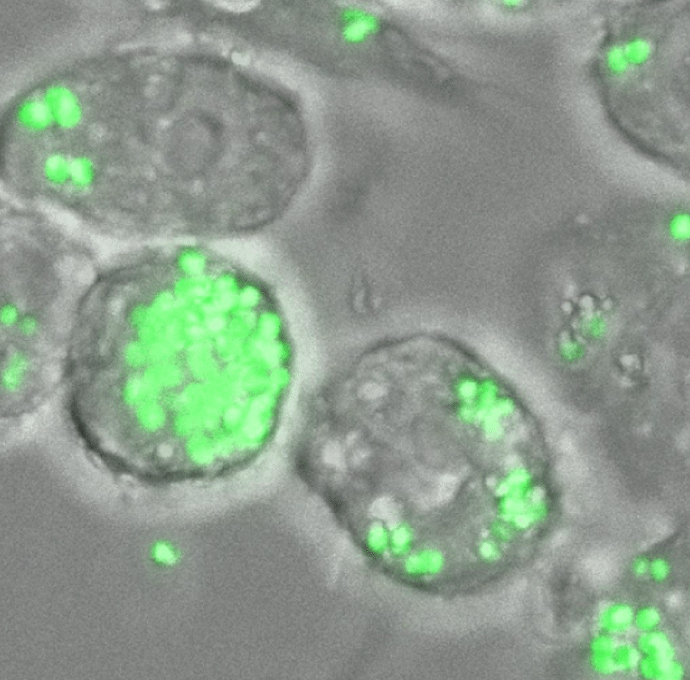From discovery to prevention to treatment, researchers at UNC-Chapel Hill are working to understand and mitigate the global rise of untreatable infections.

Nearly every one of us has had an ailment that was treated with an antibiotic. Think about what would happen if that treatment didn’t work. More than 2.8 million antimicrobial-resistant — or treatment-resistant — infections happen every year in the U.S., according to the Centers for Disease Control and Prevention.
These range from infections of the skin due to staphylococcus bacteria (staph), sexually transmitted infections like gonorrhea, and multiple illnesses caused by the Klebsiella pneumoniae bacteria, including pneumonia.
If an infection does not respond to existing medications, it can spread throughout the body. An international study from 2019 looked at the impact of antimicrobial resistance (AMR) in 204 countries and traced 5 million deaths to AMR-related health issues each year.
Read more of this story featuring Dr. David van Duin and others who are part of a new hub of AMR research through the Institute for Global Health and Infectious Diseases.
